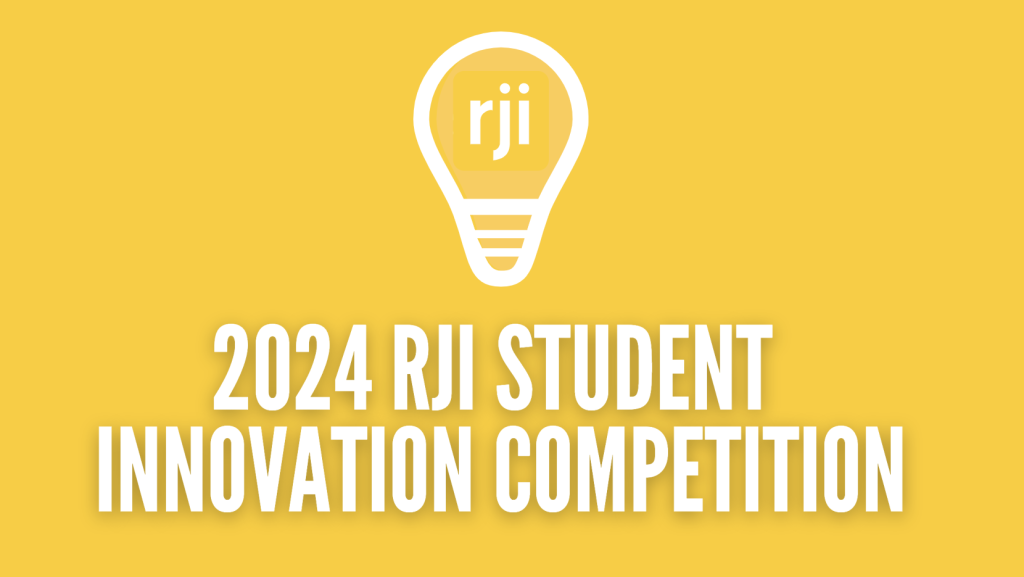
Finalists announced in 2024 RJI Student Innovation Competition
The Reynolds Journalism Institute at the Missouri School of Journalism has announced the finalists of this year’s Student Innovation Competition. 10 teams from universities around the country are developing a way to help community newsrooms measure the impact of their coverage, all the while competing for a grand prize of $10,000.
“This year’s focus is impact because it’s at the forefront of many newsrooms’ discussions as a key challenge they want to tackle,” said Kat Duncan, director of innovation at RJI. “These brilliant student teams have come up with innovative ideas around measuring and sharing the impact of journalism for the communities they serve. I am very excited to see them implement their ideas across the country over the next few months.”
Built by teams of 1-4 students, the creative projects range from an interactive mural in Miami Beach to video calls between reporters and members of the public in Nevada.
The teams will have until March 2024 to put their ideas into action in the form of a real-world implementation, which often involves partnering with a local news organization in their area to test out the concept. At that time, they will present their work to the panel of judges, a diverse group of industry innovators, who will award prizes to the top three teams.
In addition to the $10,000 prize for first place, second and third place teams will receive $2,500 and $1,000, respectively.
With 10 teams from five states, the competition’s wide geographical reach belies its emphasis on community news, part of RJI’s larger mission of supporting and building practical innovation for community-centered journalism.
“If news organizations don’t fully understand their own impact, it becomes difficult to decide which stories to run or which issues need more coverage,” said Randy Picht, executive director of RJI. “I’m excited to see how students from communities all over the country will tackle this problem.”
Meet the finalists
The Wolf Pack Innovators – Mia Alvarado, Daniela Perez, Hunter Ramberg
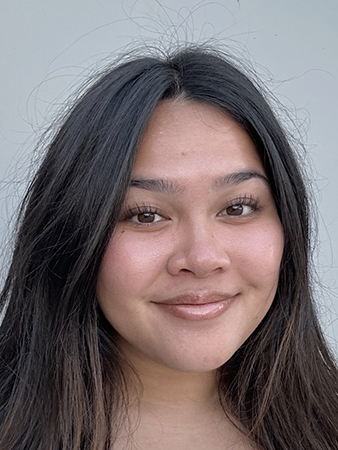
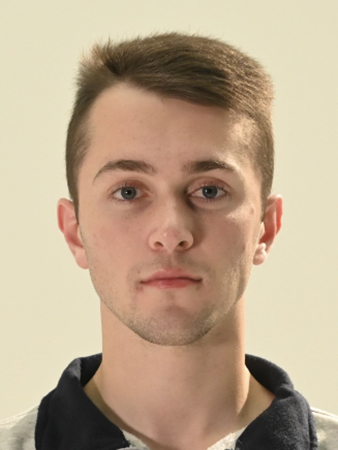
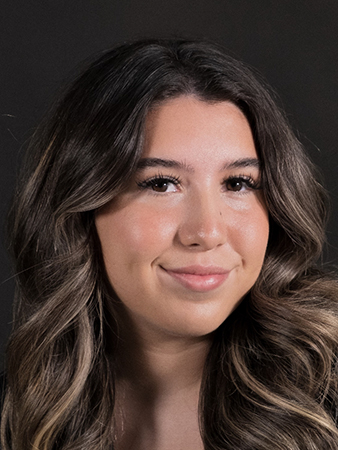
Three seniors at the University of Nevada, Reno, want to connect reporters with audience members by hosting video calls at the end of local TV newscasts, during which the audience can pitch stories, ask questions and provide feedback on the day’s stories. Calls will be accessible via a QR code shown at the end of the broadcast.
“I’ve traveled to a lot of different places, and when I go there, there is more community in a sense, and Reno doesn’t have that,” said Daniela Perez. “There are a lot of niches and groups, but we don’t have unity, so we thought, ‘how can we find a new way for journalists to connect with their community and learn more about the impact their stories are having?’”
The team hopes these calls will also provide a helpful resource for journalists looking for new story ideas that will resonate with the community.
Footprint.ai – Eugenia Cao, Elizabeth Casolo, Daniel Gross, Janya Sundar
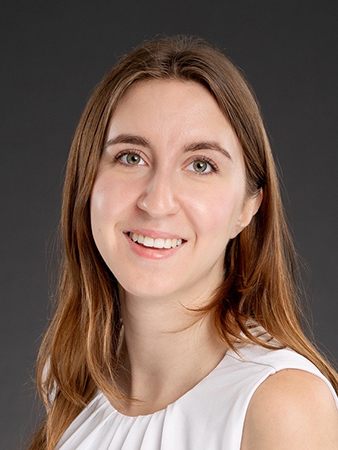
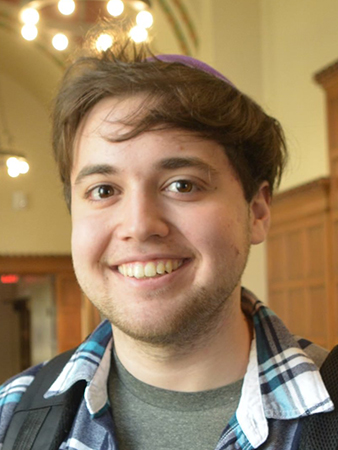
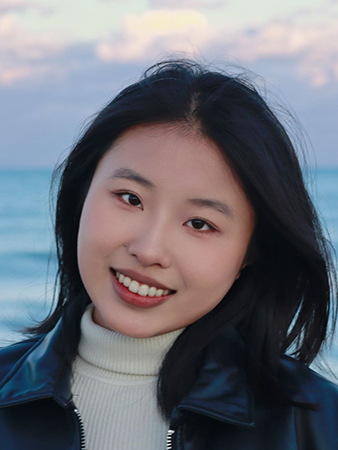
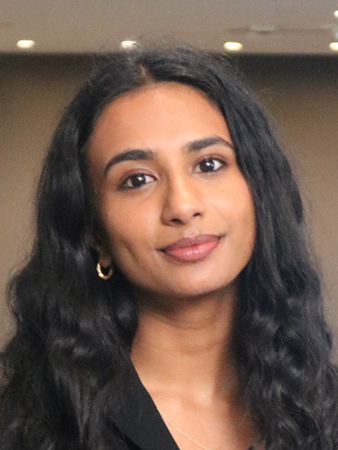
Team Footprint.ai seeks to partner with campus publications at Northwestern University to use computational techniques that will allow student news organizations to see the impact of their coverage on a single topic over time. Specifically, the analysis will focus on their coverage of a hazing scandal in Northwestern’s athletics programs, which began with a report in a student news outlet and grew into national news. Looking at readership and reach before and after this coverage, they will build a picture of the impact of that coverage.
The team will then create a guidebook to help any news organization implement something similar.
“For us, it’s essential that this is repeatable,” said Daniel Gross. “This is a test run for something we would like to be able to do for any publication that needs this type of service.”
Feel Real – Xiuyue Yan
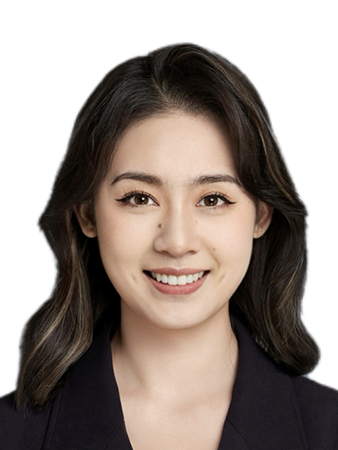
Xiuyue Yan, a graduate student studying media innovation and content strategy at Northwestern University, is designing an interactive sentiment chart that news readers can use to report their emotional responses as they read an article.
Unlike more traditional automated sentiment analysis programs — which tend to offer only “positive,” “negative” and “neutral” scores and sometimes misread context — Yan seeks to create a widget that can provide newsrooms with detailed information about reader reactions while offering the community a new way to interact with their local news organization.
“This could also help us identify trends in public opinion — we can receive readers’ real responses to controversial events, for example,” Yan said. “With a stronger understanding of users, news organizations can improve their content strategy.”
The Big Bang – Emma Aguero, Christian Lamar, Chloe Singh

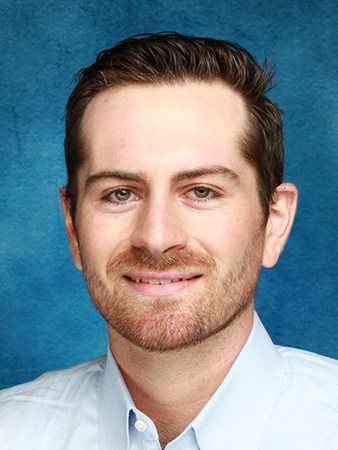
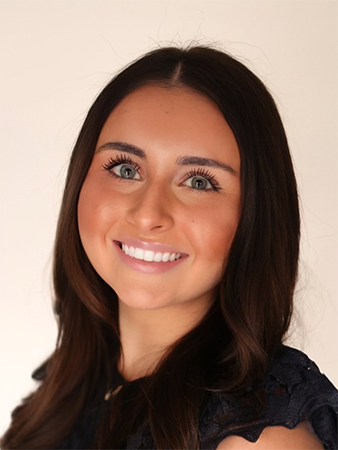
Three undergraduate journalism students from the University of Nevada, Reno, seek to analyze public opinion about a bilingual news organization serving the Latino community in northern Nevada. By reaching out to local residents in a community that is otherwise underrepresented in mainstream media outlets, the team hopes to determine if bilingual, community-centered news is effectively reaching the Latino community and making its members feel properly represented in the news.
Gathering both quantitative and qualitative data, the team also wants to determine whether the outlet’s stories are spreading to other outlets and positively influencing wider coverage of the community.
“From the results of the research, we can determine what changes need to be made and what can be improved,” the team stated in its application. “Down the road, subsequent focus groups and surveys can be utilized to continue optimization.”
Team Engage – Shirin Rekabdar-Xavier
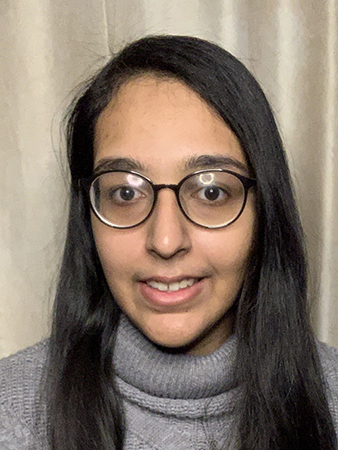
Shirin Rekabdar-Xavier, a senior at the Missouri School of Journalism, will create a space that allows both journalists and the public to add information about upcoming events that are specifically related to news articles.
“This is intended to show that informing people with a news story actually leads to people doing something with that information,” Rekabdar-Xavier said.
As a member of several student organizations on campus, including Science, Health and Environmental Journalism at Mizzou, the spark for the idea came when she realized that she often pitches ideas for events related to issues she has reported on.
Quizlo – Kyle Pinnell, Reagan Wiles, Clark Zhang
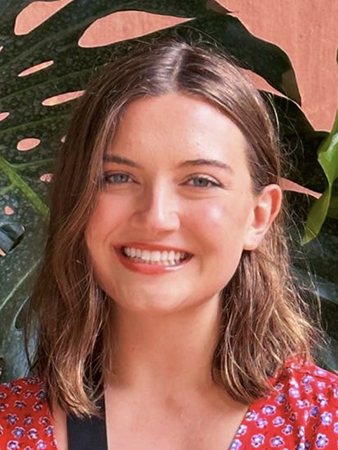

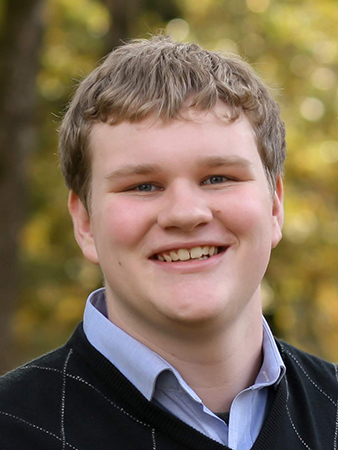
Three seniors at the Missouri School of Journalism want to introduce a weekly trivia game into a local newspaper to help measure the paper’s community impact. The quiz would test readers’ knowledge of local news while also serving as a fun activity à la The New York Times Crossword or Wordle, a strategy that the team hopes will encourage greater participation than a traditional survey.
The trivia game would provide the paper with insights into the effectiveness of individual stories or topics, allowing for a better understanding of the paper’s current impact while providing indications for how to improve their news strategy.
“A big goal is to make this universal,” said team member Kyle Pinnell. “Whether the outlet is print, digital or TV news, it’s about having a quiz that is fun, drives engagement a little bit and gives us numbers for all the different mediums.
The team also hopes to collaborate with a local business to host an in-person trivia event with local news-themed categories.
Most Important News Stories Ranked – Lacey Reeves
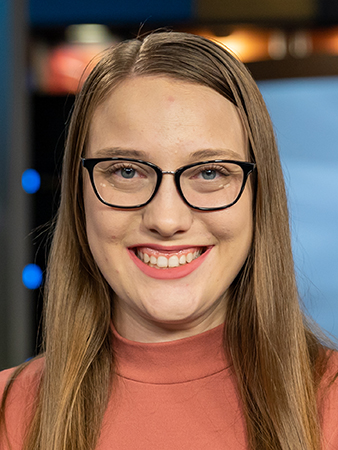
Lacey Reeves, a graduate student at the Missouri School of Journalism, will mail postcard-sized surveys as inserts in a local newspaper in rural Missouri. Respondents will be asked to rank their top 5 stories in the paper from a list of options, providing the publisher with data about which stories the community considers the most valuable or memorable.
After receiving the responses, Reeves will analyze the data and incorporate it into visual aids like charts or graphs that could then be published both in the paper and on a website dedicated to presenting the results of the project.
“I would like to partner with a free local paper, because it would be interesting to survey a group that isn’t already showing that they care about news,” Reeves said. “I want to hear from anyone who has access to it.”
As a native of a small Missouri town, Reeves is particularly interested in developing a survey system that works well in areas that may not have reliable internet service.
University of Georgia’s Innovation Team – Sarah Fredrickson, Allison Mawn, Jesse Wood


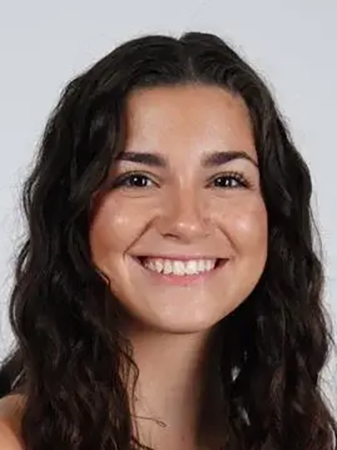
Three undergraduate students at the University of Georgia will build a game-like widget that will prompt readers to answer questions about news articles. The widget will be designed to be unobtrusive and require little effort on the part of respondents, with a gamified presentation that the team hopes will draw increased participation.
“It’s interesting to see if the stories we think are important are actually important to our audience,” said Allison Mawn. “Knowing whether people actually give a darn helps us understand where we need to put our efforts.”
Another major goal of the project is to make the widget simple enough that it can be utilized in newsrooms around the country while still collecting relevant information.
Blue and Gold Girls – Maria Cevallos, Luria Taparo Costa, Nathalie Gonzalez, Rosa Mendoza
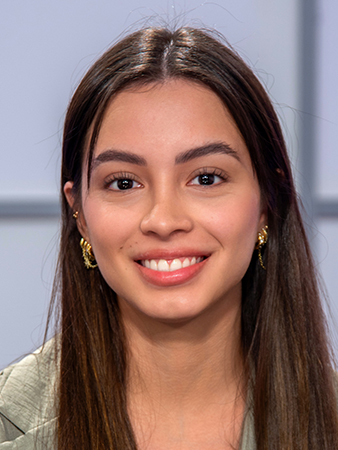
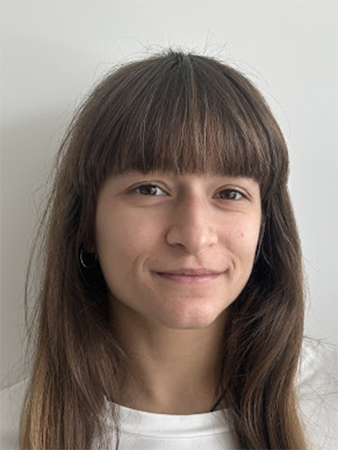
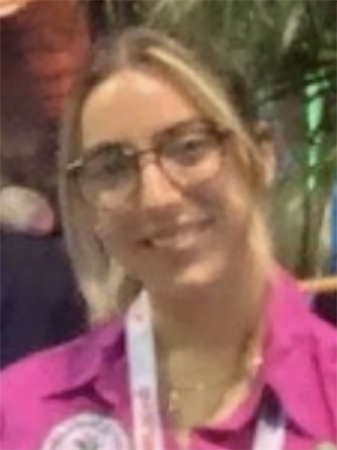
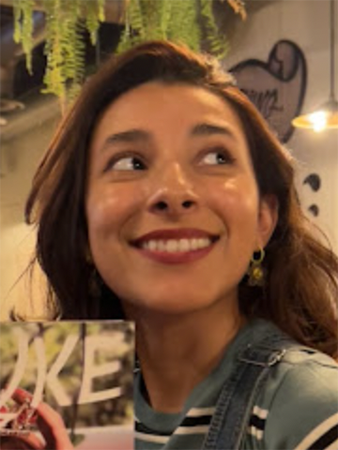
A team of four senior journalism students at Florida International University will develop a community-led awards ceremony that will recognize the staff at a local news organization. Community members will be able to vote for their favorite writers, stories and other categories, both driving engagement with the community and demonstrating the impact that the news organization has had on its audience.
The team also aims to leverage the event as a networking opportunity for student journalists, allowing them to meet with both news professionals and engaged community members.
“It’s really exciting to take this idea and try to turn it into a reality,” said Nathalie Gonzalez. “This is a great opportunity for everyone involved, to see this unfold in front of us and gain so much experience from it.”
Jaded Journalists – Ivo Caminata, Gorka Echevarria, Alba Rosa, O.J. Simpson
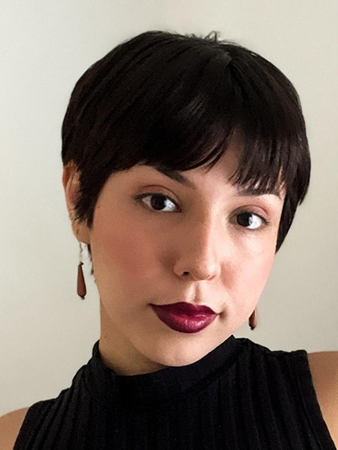
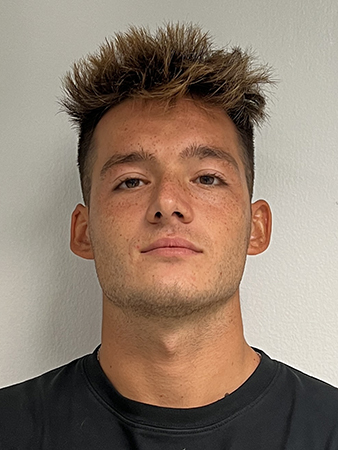
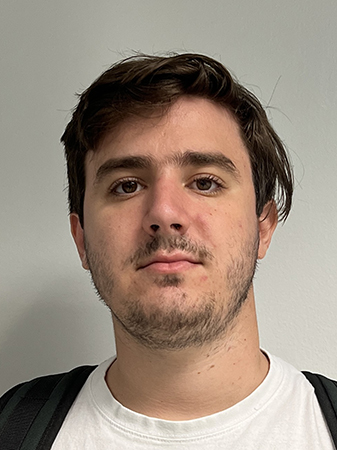
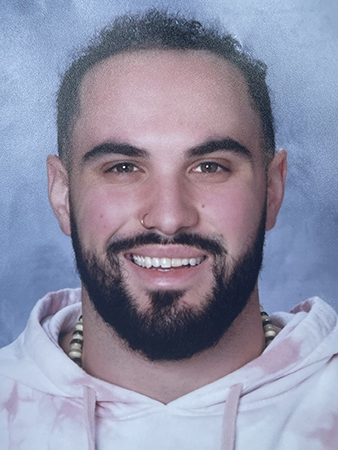
Four seniors studying journalism at Florida International University plan to create an interactive mural about the impact of media on the community. Members of the public will be able to contribute to the mural, resulting in a piece of art that both illustrates journalism’s impact and becomes a source of impact itself.
The team also hopes to incorporate data on local media consumption into the piece, helping community members easily visualize the role of journalism in their lives.
“We wanted to merge both art and the impact of journalism,” said team member Alba Rosa. “So much of the art community, especially where we’re at in Miami, is not involved in or not trusting of the news. We want to create something people can see and feel that shows them journalism is important and valuable to the community.
